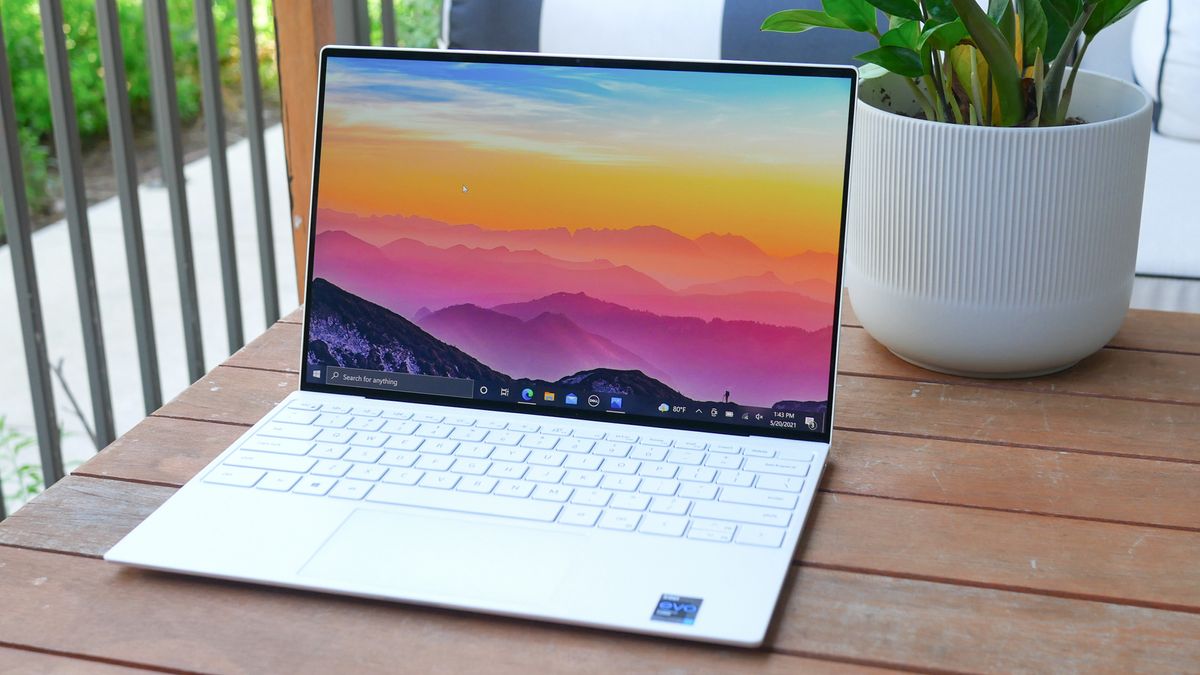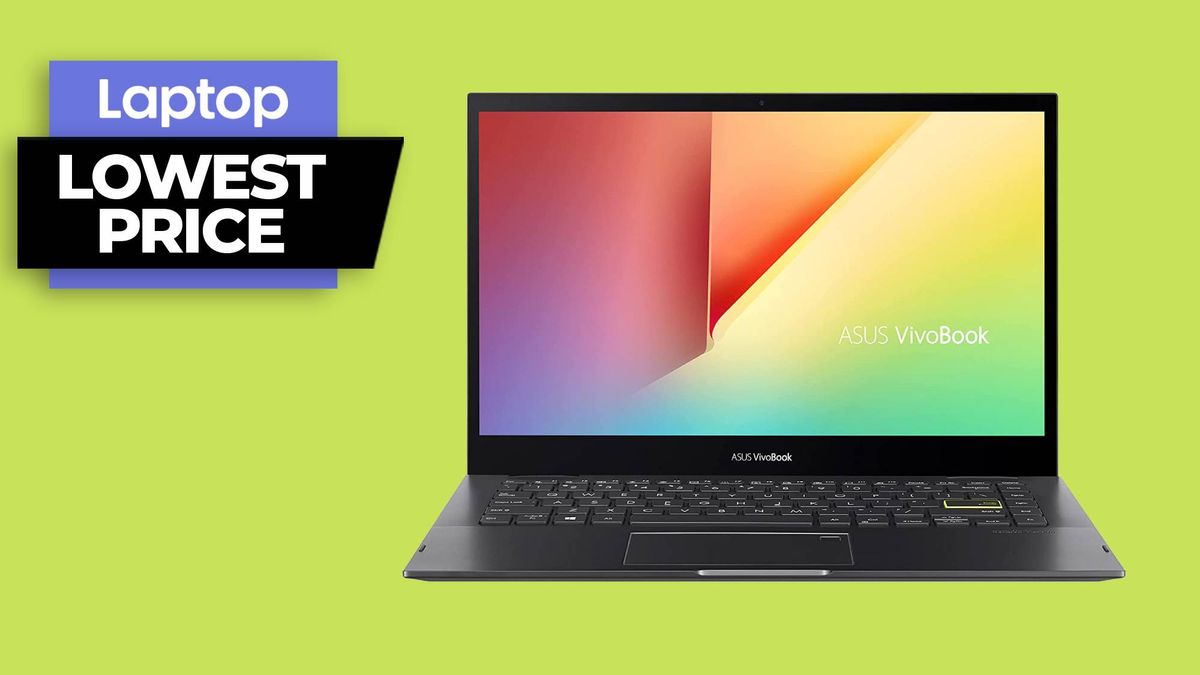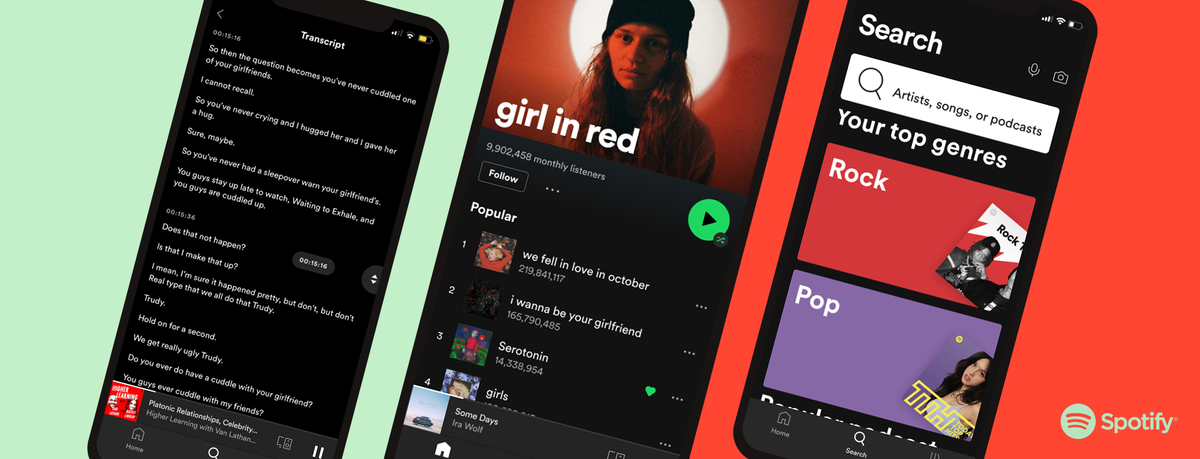The best 13-inch laptops offer a balance between portability and productivity. Students can effortlessly carry 13-inch laptops around campus and business professionals can slip them into briefcases when traveling (or you can easily move them from your home office to the couch). Yet despite their size, a 13-inch laptop equipped with an Intel U-series, AMD Ryzen or Apple M1 can provide enough performance for most users.
We’ve compiled the best 13-inch laptops, but if you’re not sold on this screen size, check out our best laptops page or the best 15-inch laptops if you need more screen real estate. Students should see our best college laptops page, where they’ll find the best notebook for their respective fields of study.
The HP Envy 13 is the best laptop for under $1,000 and one of the best 13-inch laptops on the market. While it still has a plastic touchpad, the Envy 13 is a fantastic value if you want the best laptop for less than four figures. What makes this such a great deal is its entirely aluminum design and the excellent 11th Gen Intel Core CPUs.
In our testing, we found that an Envy 13 with an Intel Core i5-1135G7 delivers fast performance for almost any task. This specific Envy costs just $900 and can outmuscle laptops that cost well over $1,000. Moreover, the Envy 13 has a bright, vivid 13.3-inch display and a comfortable keyboard.
There is very little we don’t like about the Envy 13. If you can get over the lack of an IR camera (there is a fingerprint sensor), then it is the ultimate money-saving laptop.
See our HP Envy 13 (2021) review
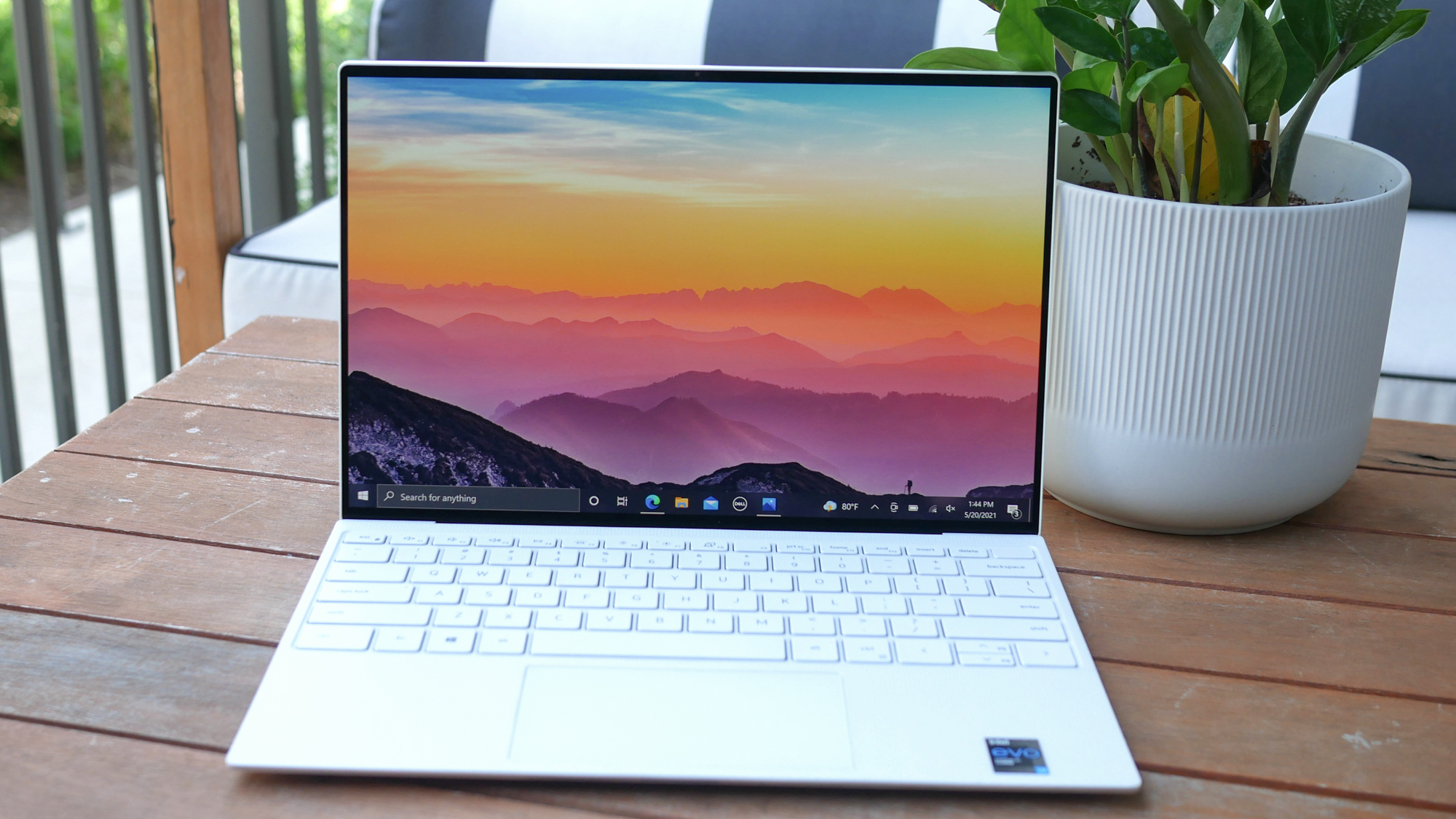
What do you get when you put one of Intel’s new Tiger Lake processors into a Dell XPS 13? Even more awesome. The latest Dell XPS 13 keeps all the things we loved about this year’s previous model, such as a smaller frame, four-sided InfinityEdge bezels and a larger keyboard. But this refresh brings Intel’s 11th Gen Tiger Lake processor and a host of promised features, including better CPU and graphics performance and longer battery life. You also get Thunderbolt 4 and Wi-Fi 6. These are all reasons why it’s the best 13-inch laptop you can buy if budget isn’t a concern.
But does Tiger Lake live up to the hype? Absolutely. With the new Intel Iris Xe GPU, you can play certain AAA games on an integrated GPU, albeit on low settings. And in many cases, the overall performance is top-notch as well. The battery life even surpasses Intel’s new Evo standards by two hours. For those looking for a laptop with equal parts beauty, power and longevity, the Dell XPS 13 is the laptop for you.
See our full Dell XPS 13 (Late 2020) review.
And here is our review of the Dell XPS 13 with 4K display and the XPS 13 OLED released in 2021.
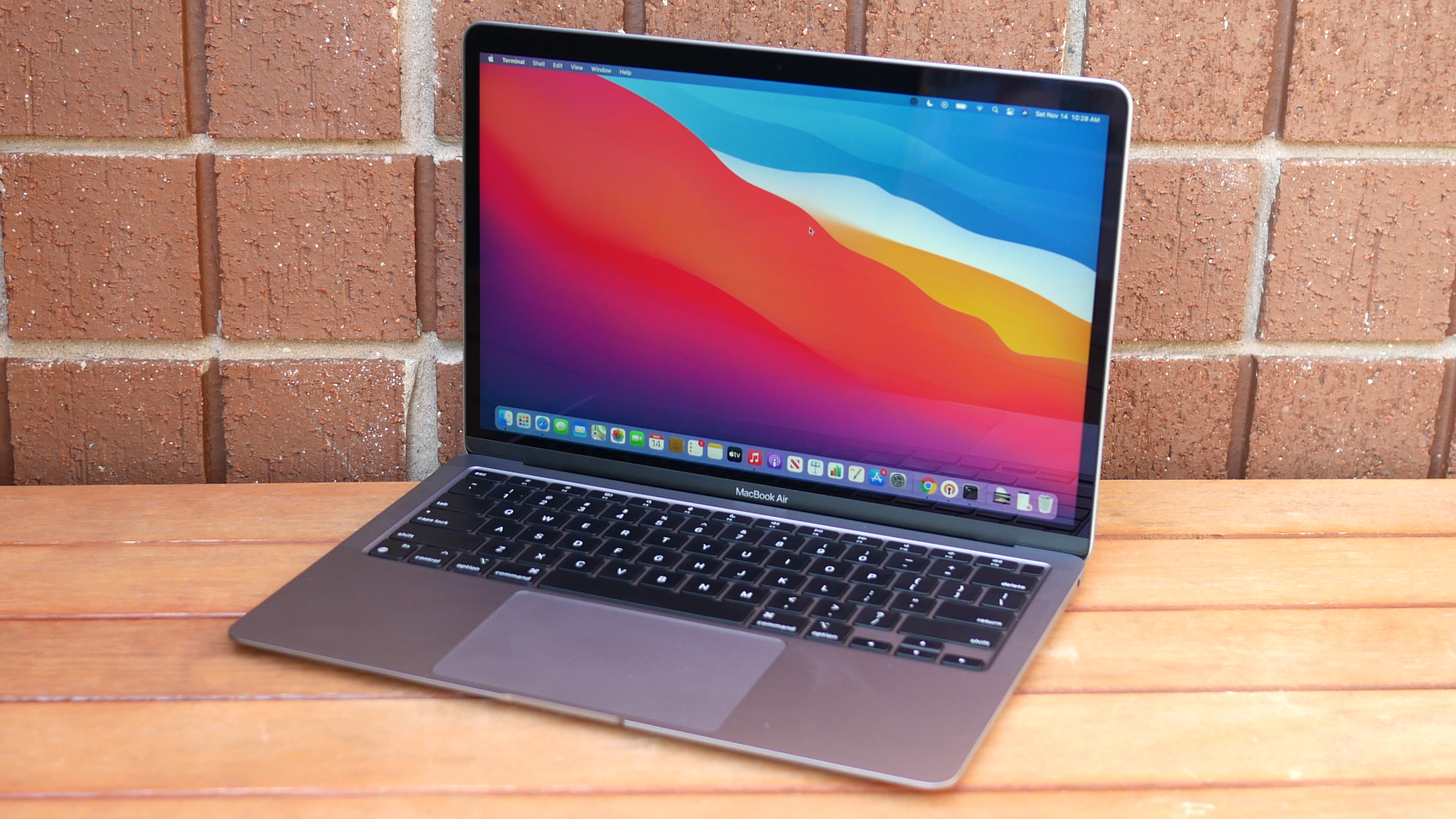
If you prefer macOS to Windows 10, then go with the Apple MacBook Air. The biggest improvement to this year’s model is the new M1 chip, which delivers outstanding performance and excellent battery life, making the new MacBook Air the fastest ultrathin laptop ever.
Best of all, the MacBook Air still costs only $999, and yet, you can unrivaled performance along with 14 hours and 41 minutes of battery life. This is a combination you’ll only find from the very best Windows 10 laptops, and even they can’t compete in head-to-head performance.
So why buy the MacBook Air instead of the Pro? While the Pro has better sustained performance, the MacBook Air is cheaper and is pin-drop silent because it doesn’t have a fan. And, of course, Apple’s least expensive 13.3-inch model is the most portable, coming in at only 0.6 inches thick and 2.8 pounds.
But now the MacBook Air is slower to parity with the MacBook Pro than ever before. It has similar speed and battery life, the same 720p webcam, a comfortable Magic keyboard and two USB-C ports. Also, the 13.3-inch, 2560 x 1600-pixel Retina display on the M1 model was improved with P3 color coverage, making it more vibrant than the previous panel.
See our full Apple MacBook Air (M1, 2020) review
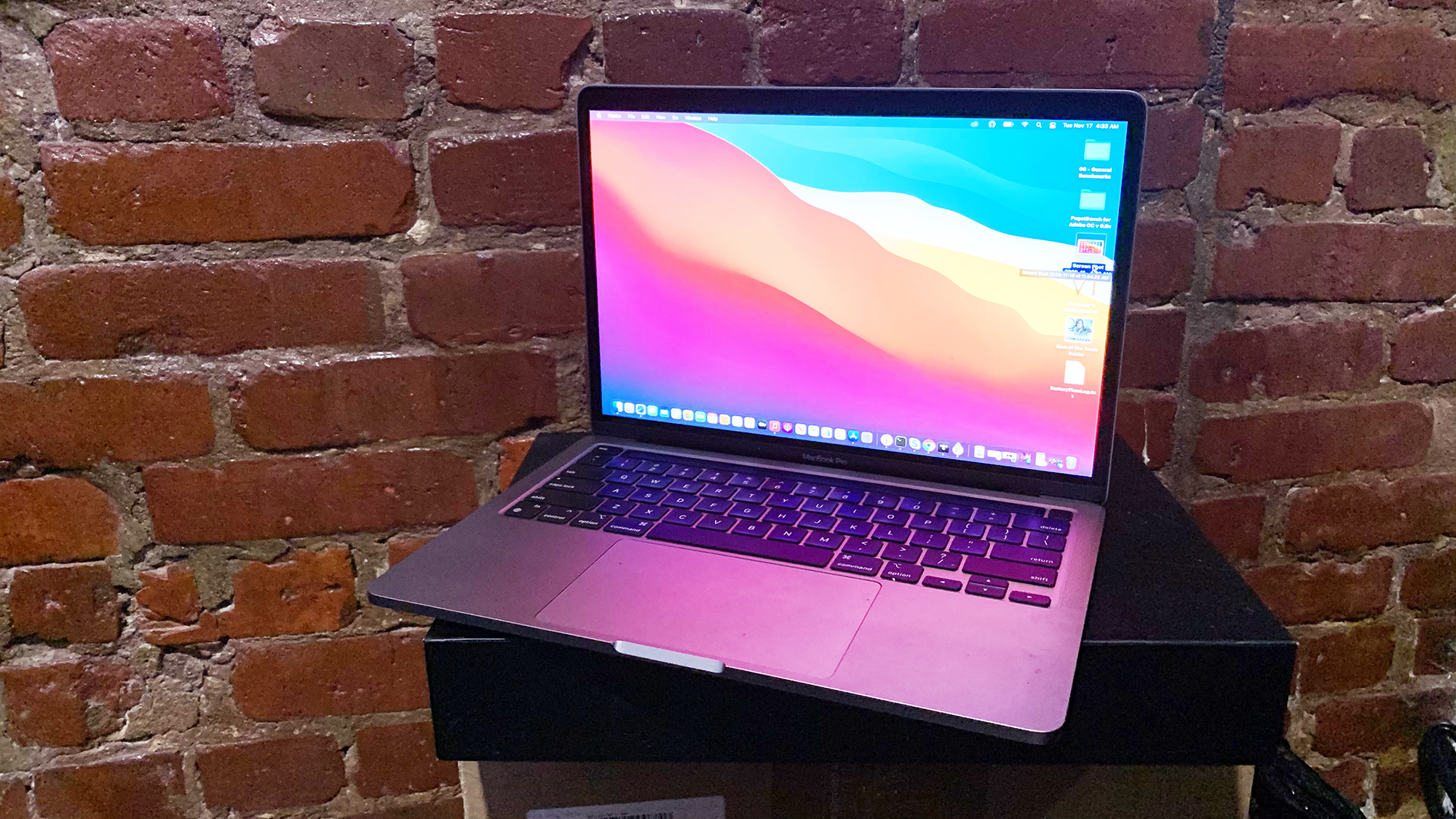
This is the huge leap forward we’ve been waiting on. It is all thanks to the new M1 chip, Apple’s first-ever custom SoC for laptops. With the best power-per-watt performance of any processor, the M1 brings the MacBook Pro’s performance and battery life to the next level.
More specifically, the MacBook Pro is more powerful than nearly every PC on the market, including some workstations. And despite cramming so much power into such a slim and sleek chassis, the Pro lasted for an outstanding 16 hours and 32 minutes on our battery test, which simulates real-world testing.
With an image processing unit, the webcam (sadly, still 720p) is better than before and since it runs on Apple’s ARM-based architecture, iPad and iPhone apps are now available on Mac. Yep, you can run all your favorite iOS games and apps on your laptop now.
Rounding out the numerous enhancements found in the latest MacBook Pro is Big Sur, the latest version of macOS. The largest update since OS X launched a decade ago, Big Sur is a beautiful redesign of the desktop OS. With the benefit of sustained performance, the MacBook Pro is a more capable 13-inch laptop than the MacBook Air but not as good of a value.
See our MacBook Pro (13-inch, M1, 2020) review
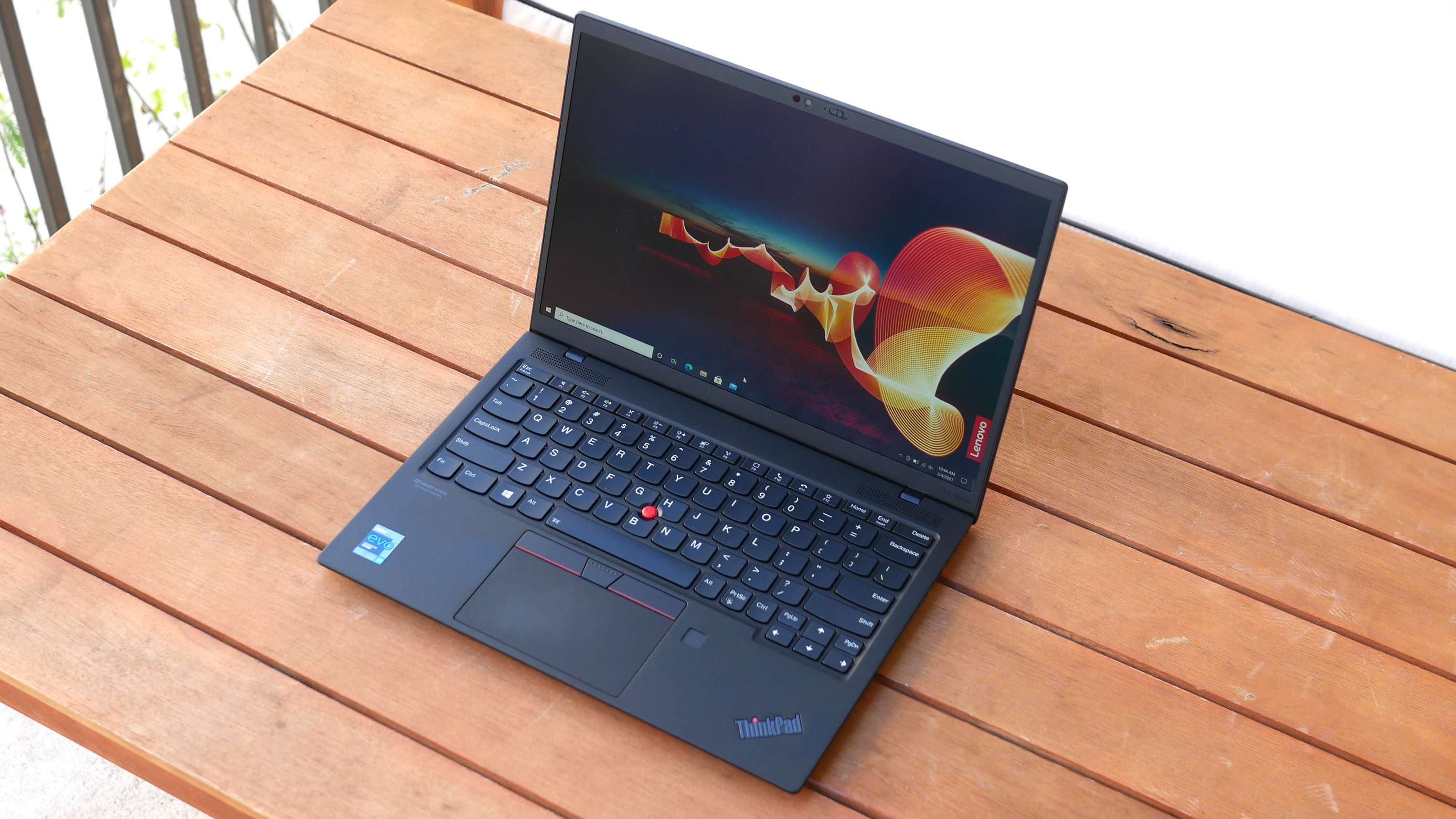
You are probably familiar with the ThinkPad X1 Carbon at this point. It has been our favorite business laptop for ages due to its lightweight design, excellent performance and convenient features. The X1 Nano uses the Carbon as a platform but packs everything into an even smaller chassis with a 13-inch, 2K display.
That panel is an excellent one, flaunting a sharp picture and gorgeous colors. Despite the high-res panel, the X1 Nano lasted for 12 hours on a charge, making it great for frequent travelers. The performance is good, not great, but you still get a fast machine that weighs only 2 pounds.
It isn’t a perfect laptop — we still favor the X1 Carbon — but for those who need the absolute most portable solution, the X1 Nano is the way to go.
See our full Lenovo ThinkPad X1 Nano review.
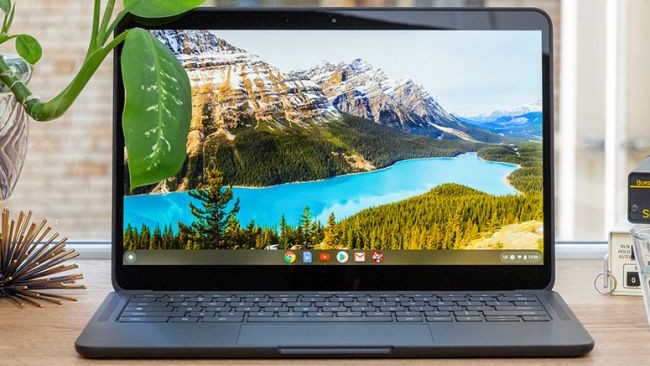
The Pixelbook Go is easily one of the best Chromebooks you can buy. Google’s laptop is super slim and light at just 2 pounds, and it sports an easy-to-grip design. The extreme portability extends to this Chromebook’s battery life, as it lasted a very impressive 11 hours and 29 minutes on our web-surfing battery test.
Other highlights include a vibrant 13.3-inch display and solid performance form its Core m3 processor (Core i5 is available). The speakers aren’t stellar and Chrome OS still has its limitations, but overall the Pixelbook Go is a great option.
Read our full Pixelbook Go review.
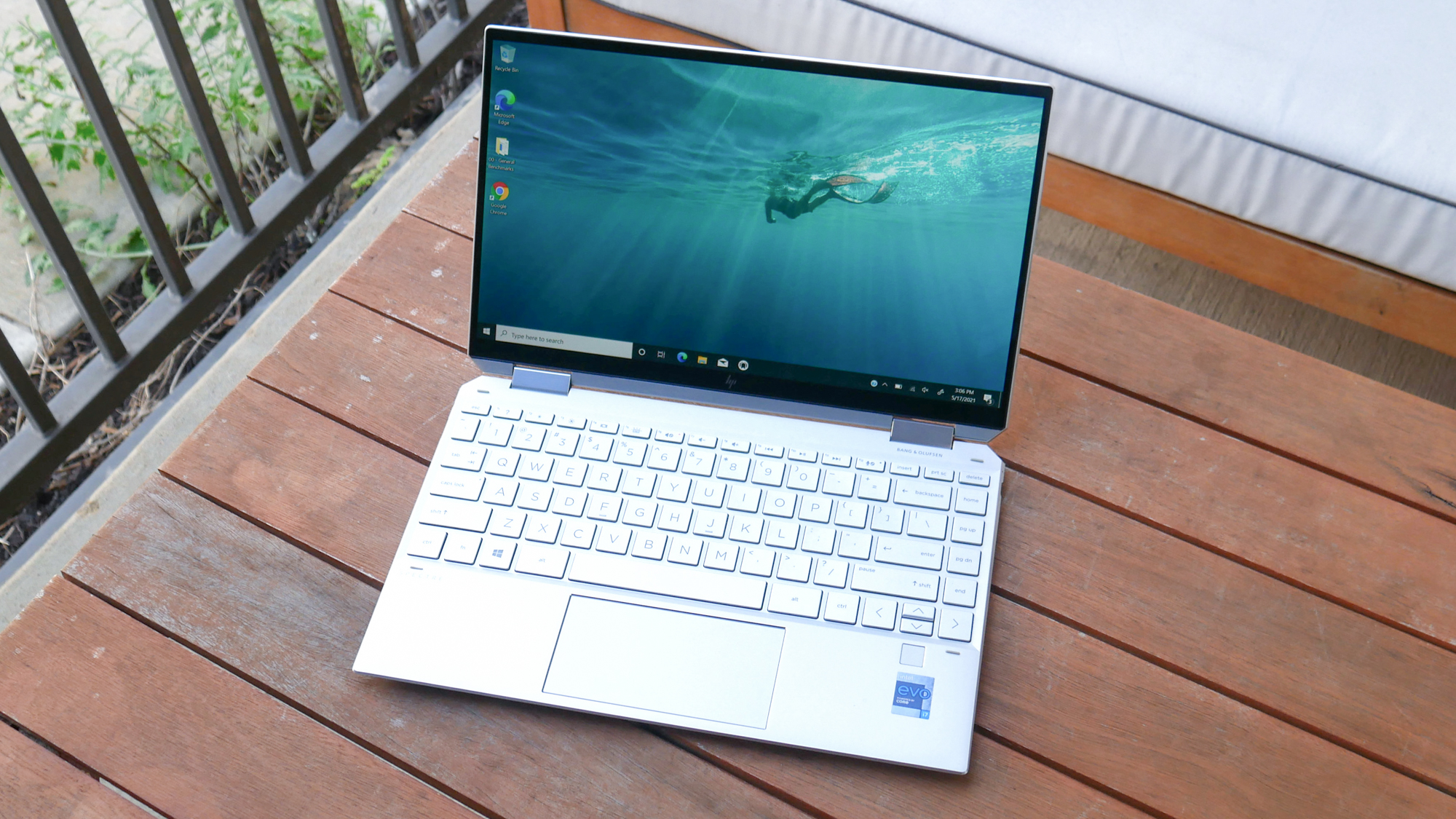
If I had to choose between the Spectre x360 14 and Spectre x360 13, I’d buy the 14-inch model. But when you factor in the extra cost (almost $400 at the time of writing) of the larger version, I start leaning toward the Spectre x360 13. Like the Spectre 14, this 13-inch version has a bright display, a comfortable keyboard, epic battery life, and one of the most striking designs we’ve ever seen on a laptop.
It brings with it 11th Gen Intel CPUs for speedy performance and the included IR camera and fingerprint sensor mean you never have to use a password again. And while it may not include a stylus, the Spectre x360 13 is reasonably priced for a premium convertible laptop that can transform into a tablet.
If you want a larger screen, we strongly recommend the Spectre x360 14.
See our HP Spectre x360 13 review.

Dell’s new XPS 13 2-in-1 takes everything we love about the clamshell XPS 13 — fast performance (thanks to 11th Gen CPUs), a sleek, lightweight design and very long battery life — and put it in a flexible convertible chassis. You also get a unique 13.4-inch, 1920 x 1200-resolution display.
No, that’s no typo; The XPS 13 2-in-1’s touch screen has a 16:10 aspect ratio, making it taller than almost every other 13-inch display. Better yet, that panel is both bright and vivid. While the shallow keyboard won’t be for everyone, the XPS 13 2-in-1 makes up for it with long battery life and excellent build quality.
See our full Dell XPS 13 2-in-1 review.
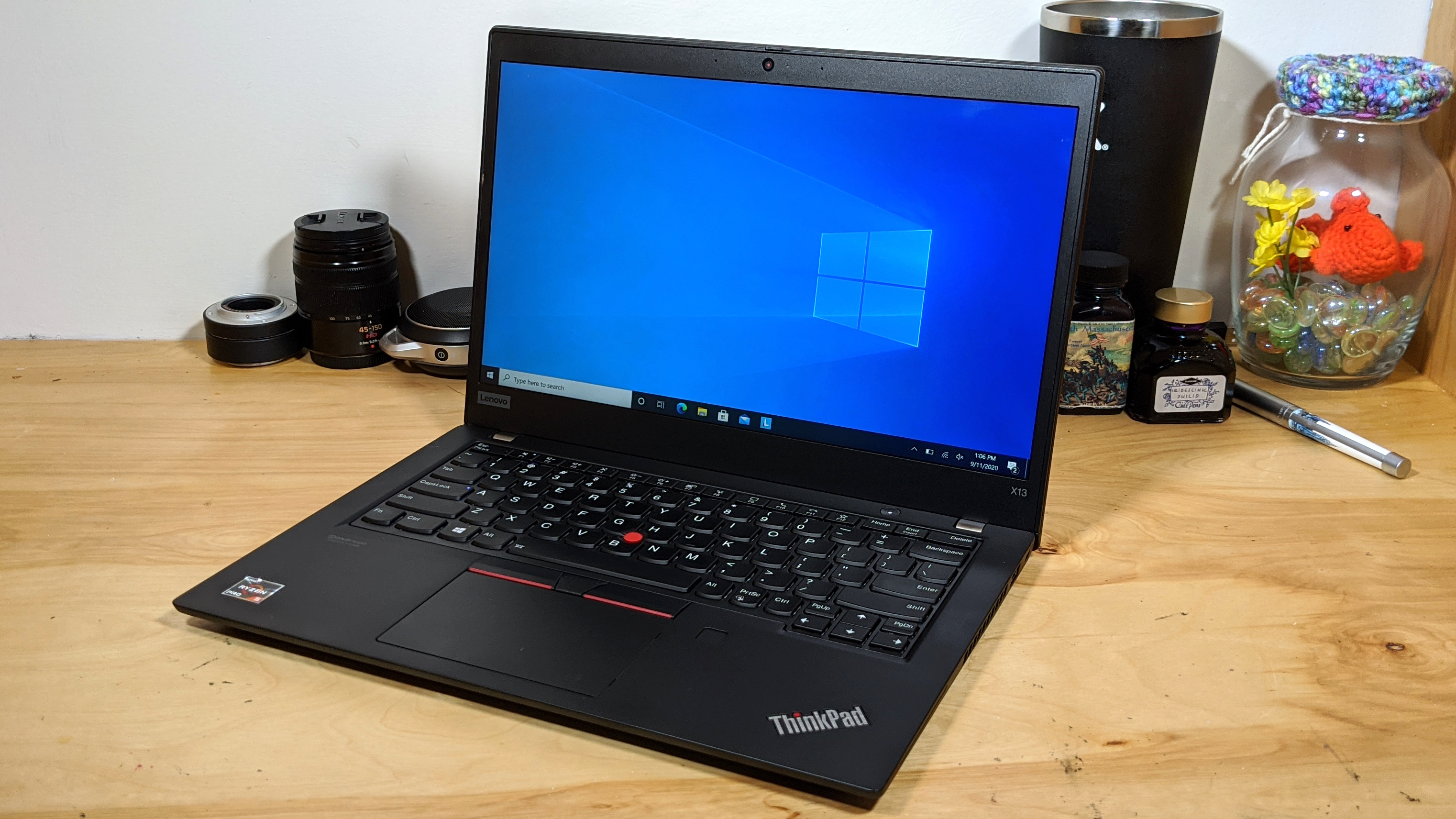
Lenovo’s ThinkPad X13 with AMD CPUs is the best business laptop for students because it has tons of features at a low price. Starting at well under $1,000, the ThinkPad X13 gets you all the best ThinkPad features, including a world-class keyboard, a webcam cover, a rubber pointing stick and a magnesium chassis rated to military-grade durability.
On top of those security and durability features, the ThinkPad X13 delivers outstanding performance thanks to its AMD Ryzen CPUs, which blow away their Intel counterparts. While the ThinkPad X13’s battery life is a bummer, the price-to-performance ratio makes up for it. Oh, and you can tons of ports so there is no need to buy a dongle.
See our full ThinkPad X13 (AMD) review.
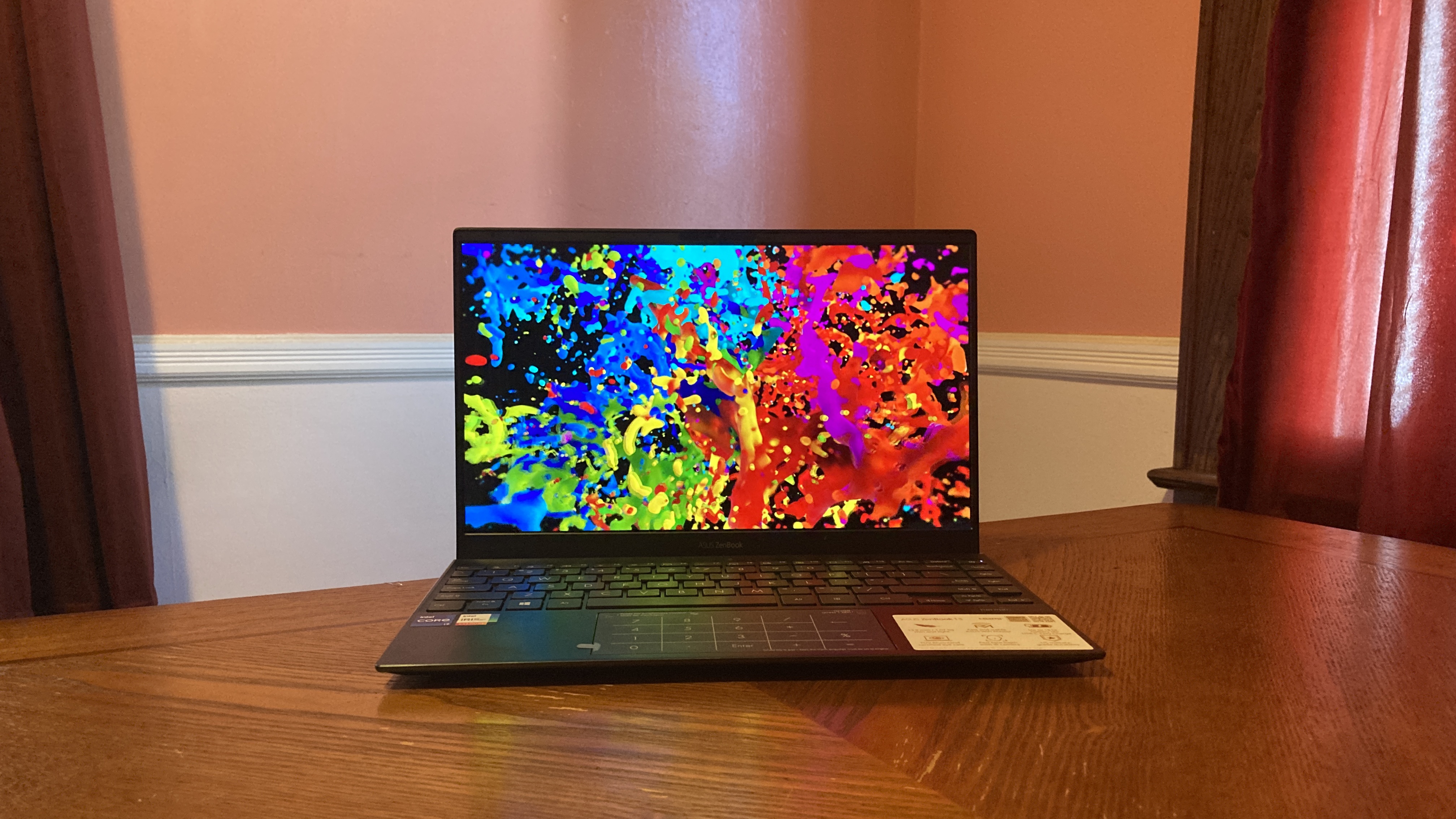
The ZenBook 13 may not have been able to surpass the beastly Acer Swift 5 on our benchmarks, but it crushed the Dell XPS 13 and the HP Spectre x360 13 on the graphics and file-transfer tests. It also blew all of its rivals out of the water with its extremely colorful OLED display. The clicky keyboard is impressive, too — especially for such a compact, portable laptop. Laptops with 13-inch displays typically feel cramped, but I felt comfortable typing on the ZenBook 13.
The Numberpad 2.0 is another stellar feature. Asus also deserves a pat on the back for the MyAsus software, an all-in-one app that facilitates all your needs, including quick, wireless file transfers, screen mirroring, configuring fan controls, initiating updates, running a system diagnostics, and coolest of all, using your phone as a webcam. Plus, the ZenBook 13 lasts more than 13 hours on a charge.
See our full Asus Zenbook 13 (UX325) OLED review.
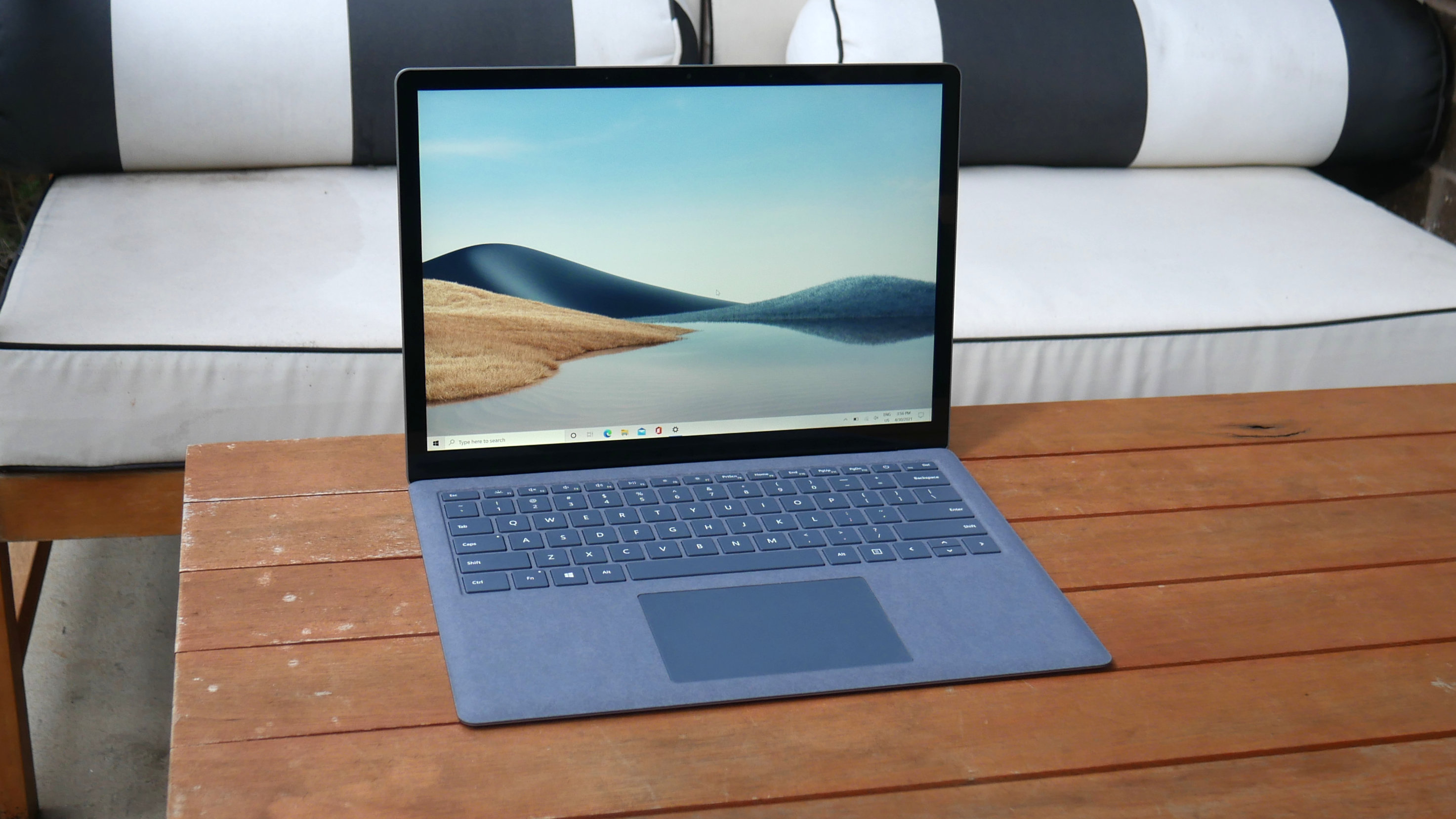
Windows 11 users envious of the MacBook Pro or MacBook Air should turn their direction to the Surface Laptop 4. With a first-rate build quality and a slim, elegant aluminum chassis, the Surface Laptop 4 is arguably more attractive than Apple’s beloved notebooks. It also has a similarly fantastic 13.5-inch display (with a 3:2 aspect ratio) that is more vivid than the one on the newest MacBook Pro.
Other things we like about the Surface Laptop 4 are its fast performance more than 10:45 hours of battery life. The keyboard is also fantastic, and even more comfortable to type on than the new Magic Keyboard on the MacBook. So although there are no Thunderbolt 3 ports and the bezels remain a bit chunky, the Surface Laptop 4 is a wonderful laptop for people who want a stylish ultraportable machine with outstanding build quality.
See our full Microsoft Surface Laptop 4 review.
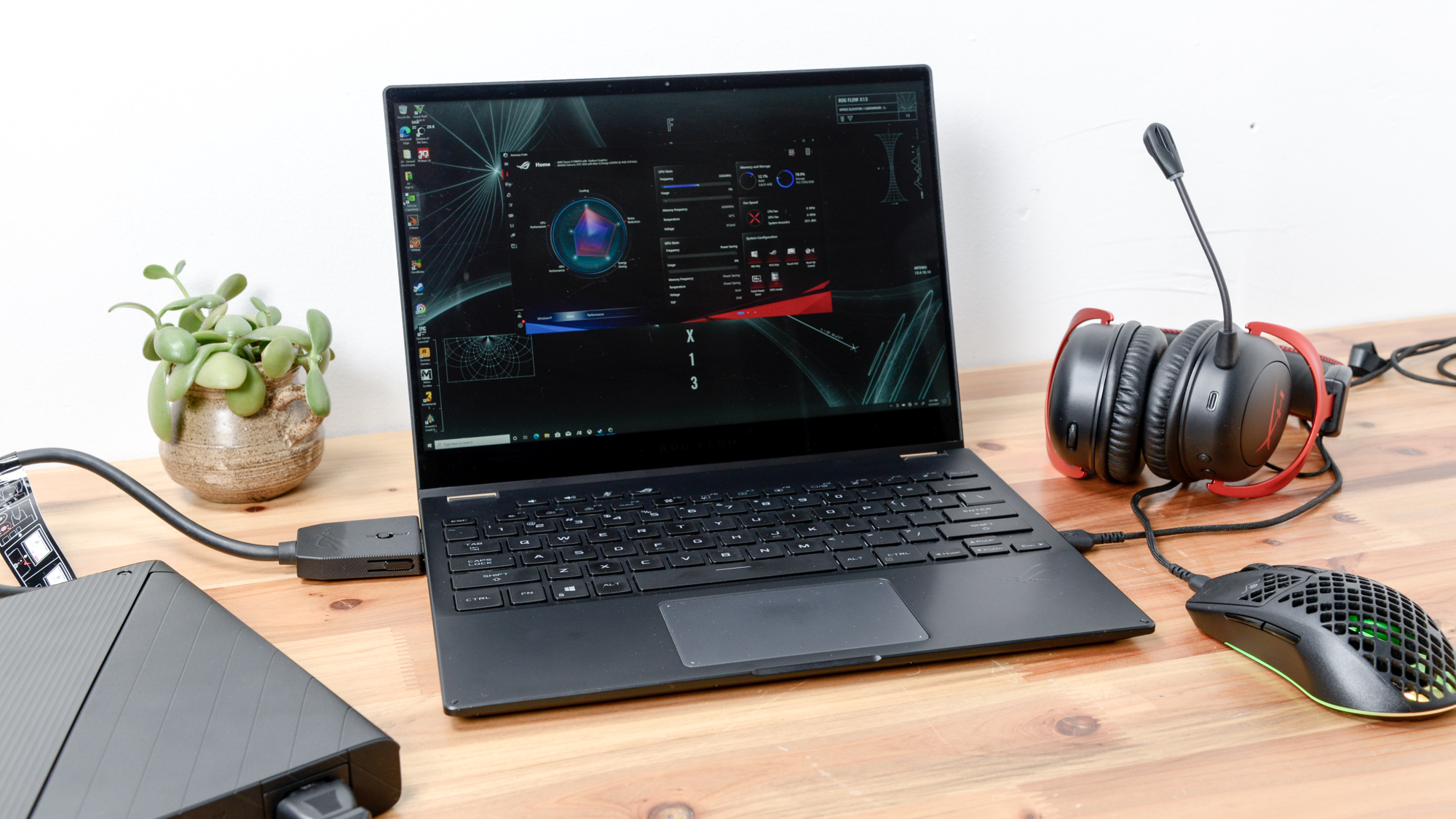
Asus has done it again. They’ve changed the definition of what the best gaming laptop is. By itself, the Asus ROG Flow X13 is a compelling laptop. It’s very rare to see a 13-inch gaming laptop and even rarer for it to be a 2-in-1. But Asus didn’t stop there, they threw a high-powered AMD Ryzen 9 processor into the mix and even outfitted the notebook with its own discrete Nvidia GPU.
It’s when the XG Mobile comes into play where things get interesting. For the life of me, I’m baffled about how they fit an RTX 3080 into such a small enclosure. Even though I wish Asus could have found a more elegant solution than that huge proprietary plug, I can’t argue with the results. The XG Mobile is the proverbial trap card, transforming it into the dark magician of gaming laptops. It doesn’t have any right to be as powerful as it is, but here we are, again impressed by Asus’ ingenuity. 6
See our full Asus ROG Flow X13 review.
If the ROG Flow sounds intriguing but a detachable form factor is more your speed, the new Asus ROG Flow Z13 could be the answer.
How to choose the best 13-inch laptop
There’s a lot to consider beyond screen size when choosing the best 13-inch laptop.
The first is portability. 13-inch laptops are popular, especially among college students, because they offer a good balance between screen real estate and portability. The Dell XPS 13 is a great example. It weighs around 2 pounds and is just 0.5 inches thick yet you get a 13.3-inch edge-to-edge display.
Battery life is another key component because portable machines should deliver long runtimes. Consider a laptop that gets at least 9 hours of battery life, which should be enough to get you through a full day of work or a long international flight.
When it comes to specs, we recommend buying a laptop with at least 8GB of RAM (16GB is great) and a minimum of 256GB of storage. While Intel had things on lock for years, any of the latest chips from Intel, AMD or Apple should be sufficient for most users.
Other things to consider include a comfy keyboard and a sensitive touchpad. And when it’s time to watch Netflix or YouTube, be sure to get a laptop with a vivid and bright display (like any of those listed here).
How we test laptops
We put each laptop through extensive benchmark testing — both synthetic and real-world — before they end up in the hands of our reviewers. We evaluate each aspect of the laptop, including its performance, battery life, display, speakers and heat management.
In our benchmark testing, we use a Klein K10 colorimeter to detect the brightness and DCI-P3 color gamut of the laptop’s display. For performance testing, we run the laptop through a gauntlet of benchmarks, including Geekbench 5.0 and 3DMark professional graphics tests.
To determine real-world performance, we task the laptop to convert a 4K video to 1080p resolution and to duplicate a 25GB multimedia file. Our real-world graphics test is the Dirt 5 benchmark with medium settings at 1080p resolution.
We also run heat tests by playing a 15-minute full-screen video and measuring temperatures in different areas of the laptop. Last but not least, our battery test consists of continuous web surfing over Wi-Fi at 150 nits of brightness. For MacBooks and premium Windows 11 laptops, a runtime of over 9 hours is considered a good result whereas gaming laptops and workstations that can stay powered for longer than 5 hours deserve praise.
These tests are complemented with extensive hands-on testing from our reviewers who critique everything from the laptop’s materials to the feel of its touchpad.

